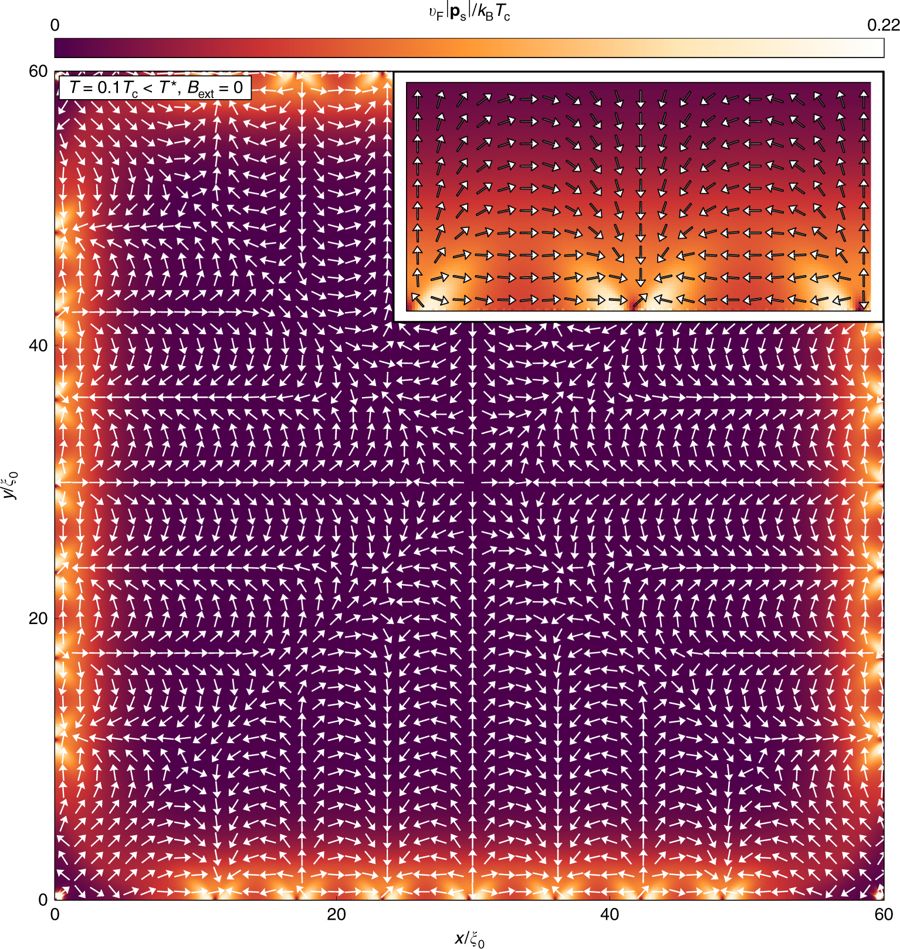Anton Vorontsov
"Broken translational symmetry at edges of high-temperature superconductors"
https://www.nature.com/articles/s41467-018-04531-y
(Open access)
Superconductivity is a collective state of many electrons when they all bind into
electron-electron pairs and move in unison with a single quantum mechanical phase.
We call this state "coherent" and we know such states in other systems, the familiar
example being a laser. The question is what happens to these electrons near an edge
of a physical sample, especially when the superconducting states under consideration
are non-trivial, that we know appear many different materials.
In collaboration with theoretical group at Chalmers university, Sweden, we looked
at surfaces of superconductors with transition temperatures, Tc, of around 100 Kelvin.
We found that below about 0.2 Tc something interesting happens. A new superconducting
phase appears, that is manifested through a spontaneously generated currents in a
form of circulating loops. These currents are driven by periodic modulation of the
phase of electronic pairs, that gives rise to superflow patterns depicted in the figures.
The spontaneous superflow field has a structure that one did not anticipate: it shows
a periodic array of 'sources' and 'sinks' at the boundaries of the sample (sources
are blue triangles, sinks are red triangles). These 'field defects' at the boundaries
come with another set of defects inside the sample (red and blue circles) that together
satisfy the Poincare-Hopf theorem and relate the geometrical properties of these defects
to the topological Euler characteristic of the sample.
The origin of these formations and the ways we can detect and use them are currently
under investigation.

